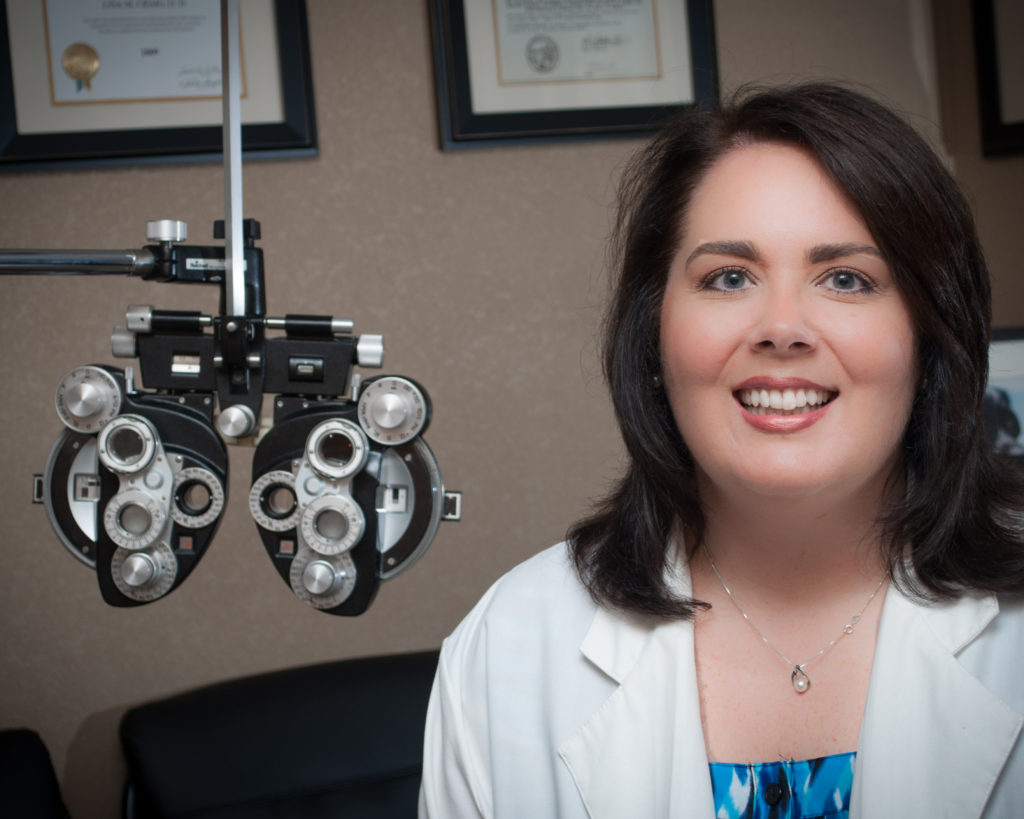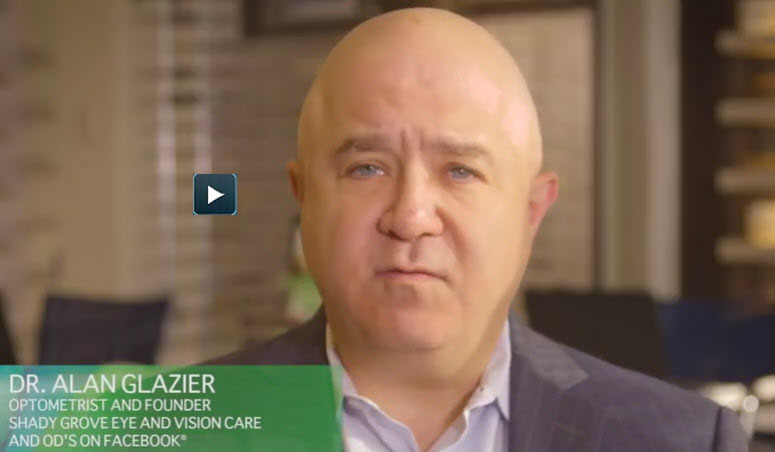Sponsored Content

Lisa Heuer, OD. Dr. Heuer says she loves NaturalVue Multifocal Contact Lenses, and so do her patients.
By Lisa Heuer, OD
Sept. 18, 2019
When a patient becomes presbyopic, his or her quality of life is compromised. Patients find that their old visual solutions no longer work.
He or she may need to wear reading glasses over contact lenses or take off distance glasses to see up close.
Fortunately, I have discovered multifocal lenses, NaturalVue® Multifocal 1 Day Contact Lenses, that allow me to restore, and even improve, my patients’ quality of life.
One of the great things about this lens is that it has been mutually beneficial for patients and my practice with around 75 percent of prescriptions finalized at the first follow-up. That translates to more time with my exam chair available to serve other patients.
 A Great Lens for Me, A Great Lens for My Patients
A Great Lens for Me, A Great Lens for My Patients
I have been prescribing NaturalVue Multifocal 1 Day Contact Lenses since 2016. The lens was discussed in the ODs on Facebook group, and its distinguishing characteristics were intriguing. Its single-add, center-distance and extended-depth-of-focus features sounded advantageous for our presbyopic patients.
The other ODs who had tried it said that distance vision was not degraded as it often is with other center-near design lenses. I wanted to learn more.
After completing online training for doctors who wanted a fitting set, I volunteered to test the lenses myself. My prescription is -12, and I loved the lens, so I knew my patients would, too.

Click HERE, or the image above, to watch Alan Glazier, OD, show how easy it is to fit patients in NaturalVue® Multifocal 1 Day Contact Lenses.
Forward-Looking, Practice-Builder
Presbyopes represent between a quarter and a third of my practice. About 15 percent of those patients are wearing multifocal contact lenses. Therefore, 4-5 percent of my patients are in multifocal contact lenses. I expect that number to grow in the coming years with the aging of the Millennial population.
I start preparing all patients for presbyopic changes as they approach age 40, describing the expected symptoms and the options available to them. This is important for two key reasons.
First, it helps ease their worrying as the near symptoms emerge. I’d rather my patients calmly think to themselves, “Oh darn, this is that thing Dr. Heuer told me about,” rather than the panic, “Oh my gosh, I lost the ability to read. This happened overnight. I’m going blind.” (It’s mind-boggling to me how many people will report that presbyopic symptoms developed suddenly.)
Second, the conversations about emerging presbyopia give me an opportunity to describe lens options – both contact lenses and spectacle lenses. That way, patients enter presbyopia knowing that there are solutions to this new issue that they are facing, and they can start to form an opinion about the solutions that fit their lifestyle needs.
Have the Multifocal Conversation With Patients
If I inherit someone with monovision contact lenses from another office, or the prior owner of my office, I might say: “Are you ever bothered by your lack of depth perception with those lenses?” Then I explain how stereopsis is compromised by monovision, but not by multifocal lenses.
Other Success Stories
I might also ask: “Do you feel like your computer is blurry no matter what you do?” Then I explain that monovision works like a lined bifocal with two distinct distances in focus while all other distances are a bit compromised.
If the patient is a low hyperope, or had LASIK, and hates wearing glasses, I might say: “I don’t blame you! I hate wearing glasses too, which is why I’m wearing multifocal contact lenses. I can’t free you from glasses 100 percent of the time, but I can get you 85-90 percent there. You will probably need readers for really tiny print (pointing to the small print on a tropicamide bottle as an example), but you can be free of glasses for most of your day-to-day tasks.”
Once patients agree to give multifocal contact lenses a try, I am careful to set expectations for the adaption time needed for their visual system to get used to the lenses.
As I’m inserting the lenses, I motion to the distance chart and tell the patient that it will be blurry initially. Usually near visual acuity is great right away, so I hand the patient a near card and turn the light on, so they can enjoy that initial wow.
I also say: “That happens because your brain has to learn how to receive information in an entirely new way. It’s used to deliberately looking at different portions of lenses to see clearly, but now it’s getting all of that information at once. You may be a little extra tired during the first day or two of wearing them because the brain is constantly deciphering the near/distance stimuli. I recommend choosing a non-workday for your first full day of using them to minimize frustration. There’s nothing worse than trying to get work done when you’re struggling to see clearly.”
Giving Patients a Contact Lens They Will Love
My personal story of wearing NaturalVue Multifocal 1 Day Contact Lenses is often helpful while coaching a patient through the transition period. I’ll joke and say, “It’s a good thing that I’m not someone else’s patient because I’d probably drive that person nuts,” referring to my demanding personality and need for 16-18 hours of comfort per day.
I give the patient permission to be picky too, tell them that I really get it, and that the end result will be worth it.
“If we fuss over the contact-lens prescription now, and get it really dialed in, future years will be much simpler with minor adjustments. Our work will pay off.
I want you to LOVE your contact lenses, not just tolerate them.”
Lisa Heuer, OD, is the owner of Valley Vista Eye Care Optometric Center in Woodland, Calif. To contact her: lisa@valleyvistaeyecare.com
Dr. Heuer consults with Visioneering Technologies, Inc. and is a member of its Speaker’s Bureau.
MKT-NVM-AP20

























